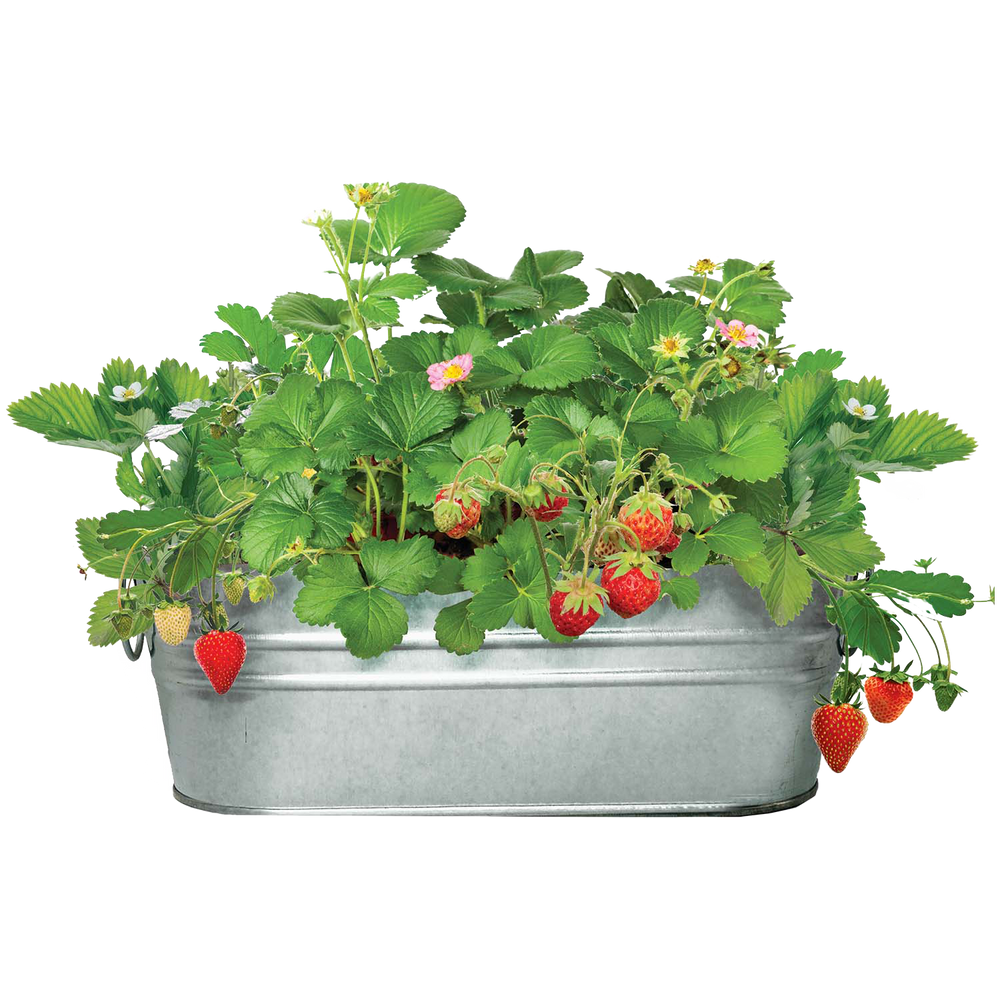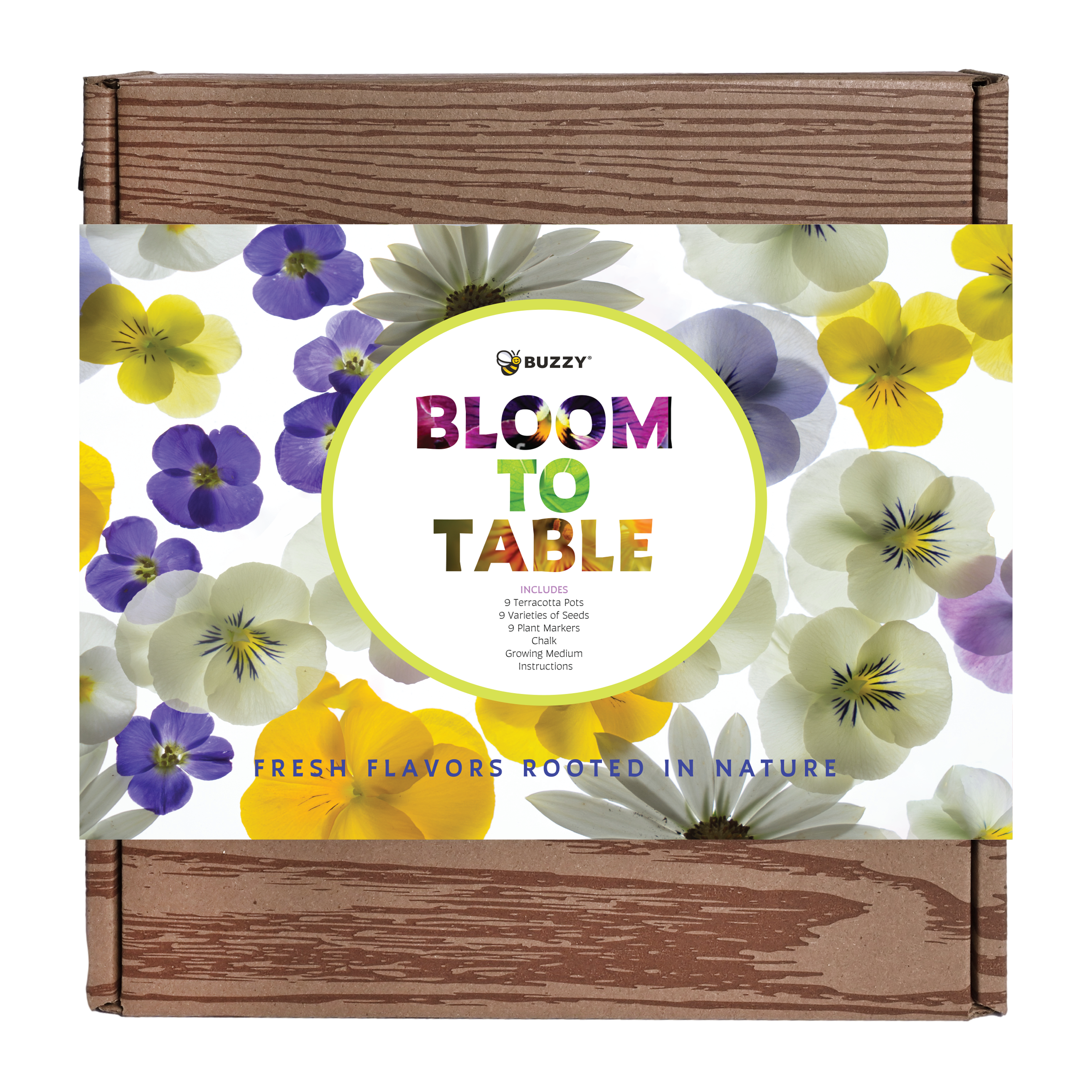Why We Love Fall Sowing
We love fall for two reasons: sweaters and fall sowing.
Planting wildflower seeds in fall might seem counterintuitive, but in reality, fall sowing mimics a plant's natural life cycle. In nature, wildflowers germinate in spring, grow all summer, bloom, and eventually produce seeds, which drop to the ground in fall where they lie dormant until the following spring. Then the cycle begins again.Tips for Successful Fall Sowing
Check yourself: The best time for fall sowing depends on your location. Sow seeds following the first hard frost in your area. You can check your average frost dates here: https://www.almanac.com/gardening/frostdates
Location is everything: Select a sunny spot with well-draining soil.
Time to shine: Proper sunlight is essential for the growth and blooming of wildflowers, which require a minimum of 6 hours of direct sun per day.
Preparation is key: Remove weeds and unwanted grass, rocks, and debris from the area. Remember: less grass equals more flowers, as they will not have to compete for resources such as light, water, and room to grow. Loosen the soil and mix in some compost to improve fertility.
Plant with care: Check the specific requirements for the wildflower seeds you are planting, but a general rule is to plant them within the top layer of soil, around 1/8” to 1/4” deep. Spread seeds evenly and use a rake or trowel to gently mix in but do not bury. Compress soil lightly and water thoroughly.
Don’t forget to hydrate: Keep the soil consistently moist until the seeds germinate and establish. Fall weather can be unpredictable, so monitor the moisture level and adjust your watering schedule accordingly.
Sweater weather: Applying a light layer of mulch over the seeded area can help protect the seeds and retain moisture.
Patience is key: Wildflower seeds will be dormant for the winter, with germination occurring in spring. Luckily you won’t have to wait long - another advantage of fall sowing is that seeds will germinate earlier than seeds started in spring.







